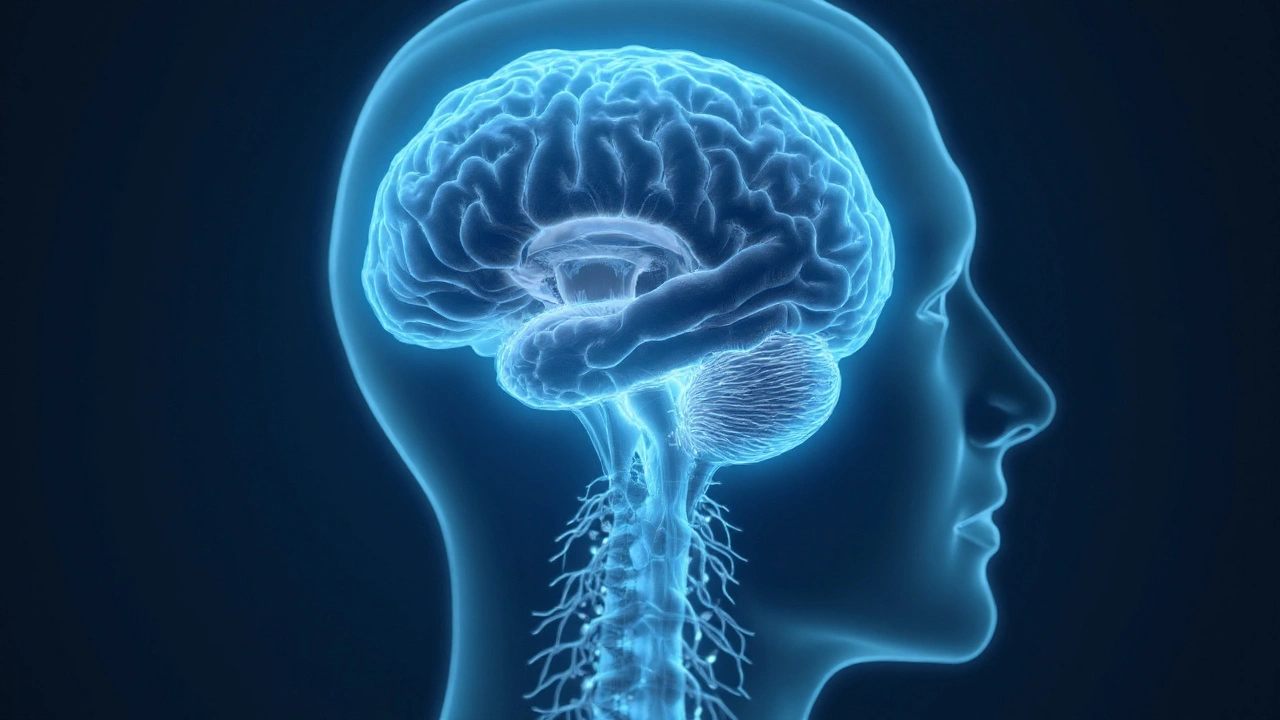
Why Urination Increases After Head Surgery - Neurological Explanation
Explore the neurological reasons behind frequent urination after head surgery or trauma, covering brain‑bladder pathways, lesions, and practical management.
When dealing with neurogenic bladder, a loss of bladder control caused by nerve damage. Also known as neurogenic urinary dysfunction, it often appears in people with spinal cord injury or multiple sclerosis. The condition can also coexist with overactive bladder, making symptoms harder to pinpoint.
Neurogenic bladder encompasses three core attributes: the underlying nerve disorder, the resulting bladder storage problem, and the voiding difficulty. The nerve disorder can be upper‑motor (spinal cord lesion) or lower‑motor (peripheral nerve injury). Storage problems show up as urinary urgency, frequency, or incontinence, while voiding difficulty may lead to incomplete emptying or retention. A common metric doctors track is post‑void residual volume; values above 100 mL usually trigger further intervention.
Diagnosing the condition requires a blend of history, physical exam, and objective tests. Urodynamic studies reveal bladder pressure patterns and help differentiate between detrusor overactivity and underactivity. Imaging such as MRI can confirm central nervous system lesions, and cystoscopy rules out structural blockages. These steps together form a clear picture of how the nervous system influences bladder function.
Managing neurogenic bladder usually involves three overlapping strategies. First, behavioral approaches like timed voiding and fluid scheduling can reduce urgency episodes. Second, pharmacologic options—anticholinergics for overactive components or alpha‑blockers for outlet resistance—target muscle activity. Third, device‑based therapies such as clean intermittent catheterization, indwelling catheters, or sacral neuromodulation address incomplete emptying. Each option aligns with specific attributes: medication for detrusor overactivity, catheterization for high residual volumes, and neuromodulation for mixed patterns.
Patients also need ongoing monitoring for complications. Chronic retention raises the risk of urinary tract infections, while high bladder pressures can damage kidneys over time. Regular kidney function tests and ultrasound exams catch these issues early. Education on proper catheter technique and signs of infection empowers patients to act quickly.
By now you’ve seen how neurogenic bladder links nerve injuries, storage problems, and treatment tools. Below you’ll find articles that dig deeper into each subtopic—dietary tips for bladder health, comparisons of catheter types, and real‑world experiences from people living with spinal cord injury‑related bladder issues. Use this collection to build a personalized plan and stay ahead of potential complications.

Explore the neurological reasons behind frequent urination after head surgery or trauma, covering brain‑bladder pathways, lesions, and practical management.